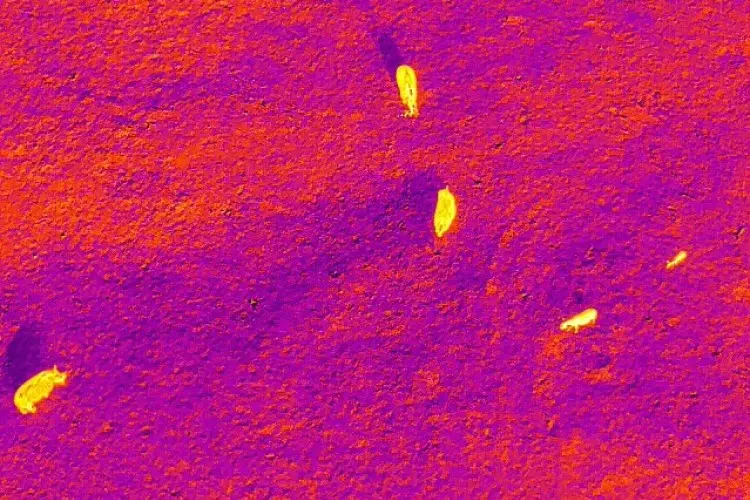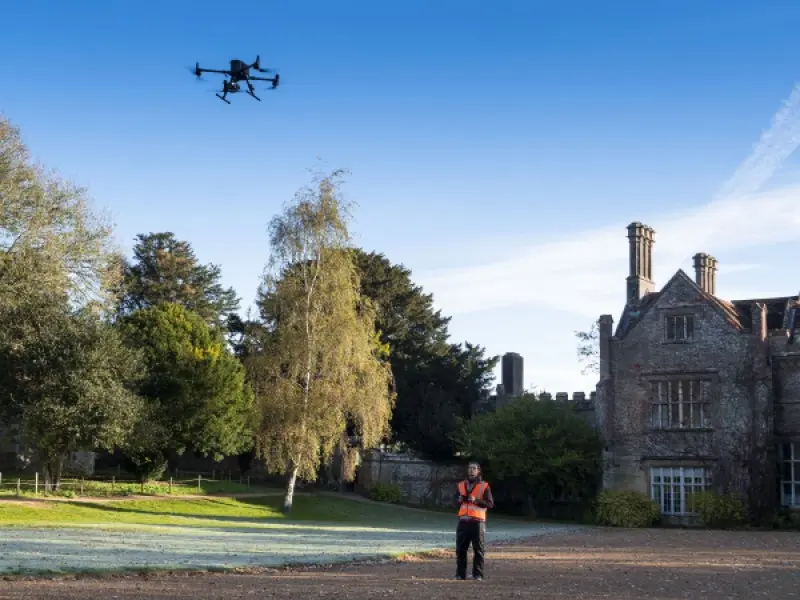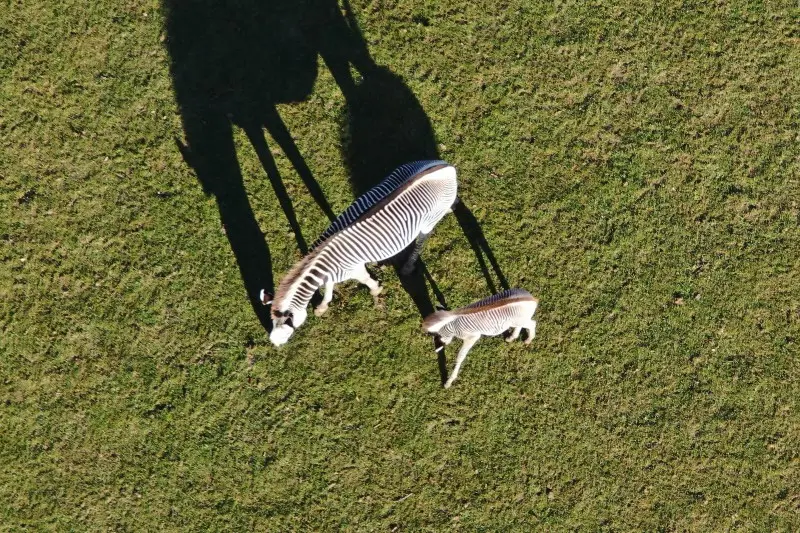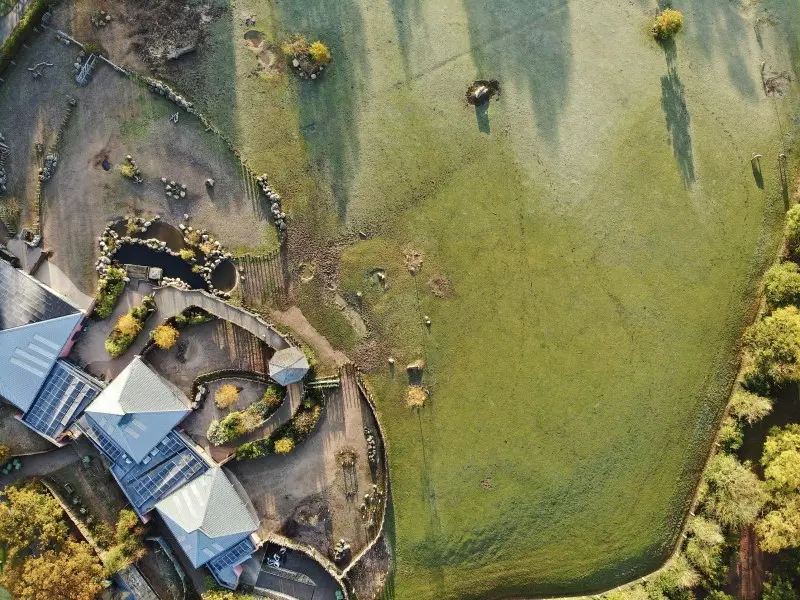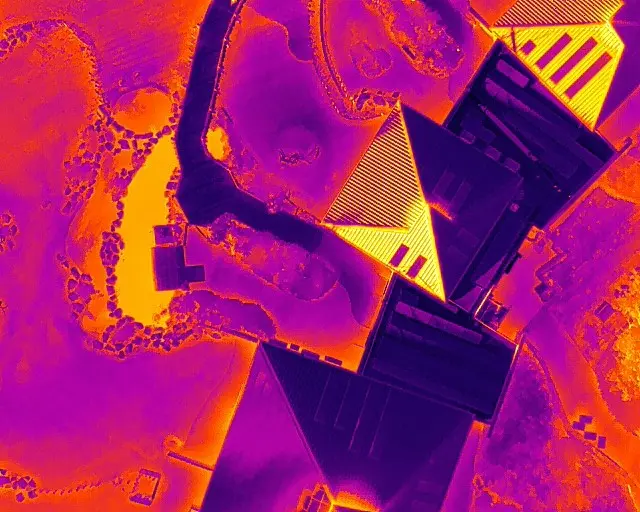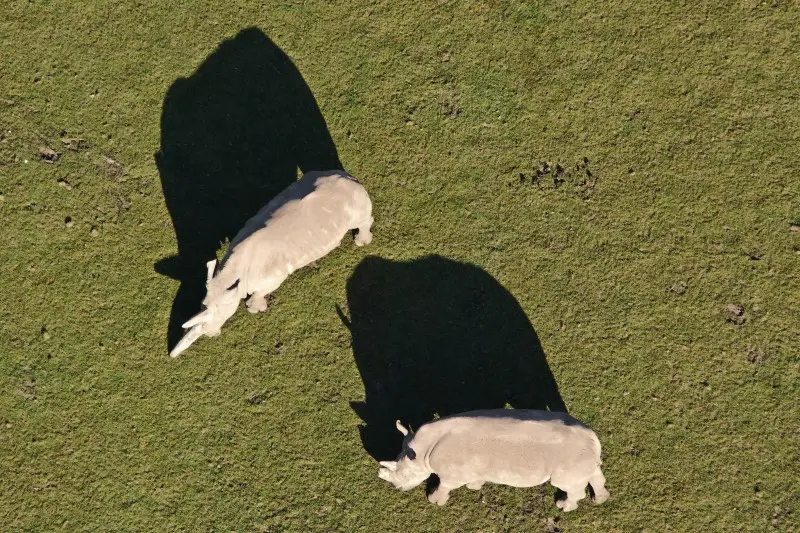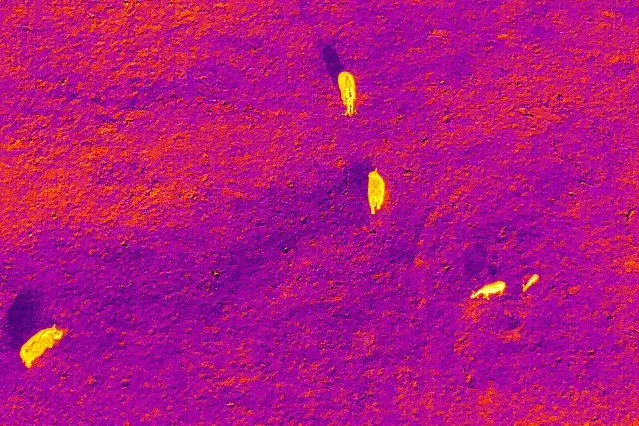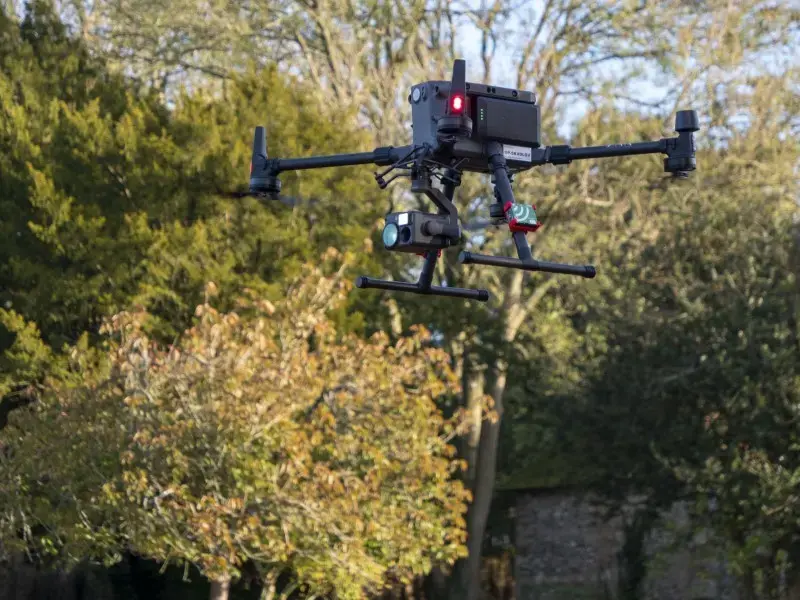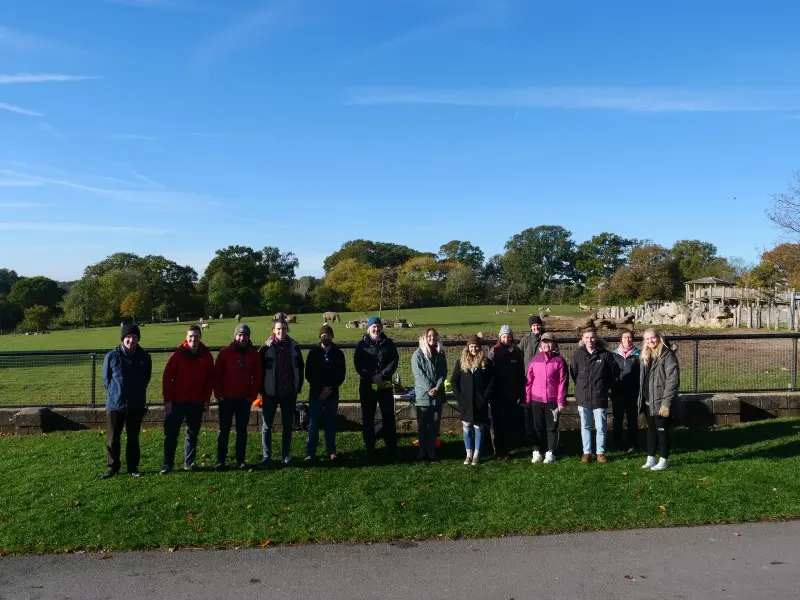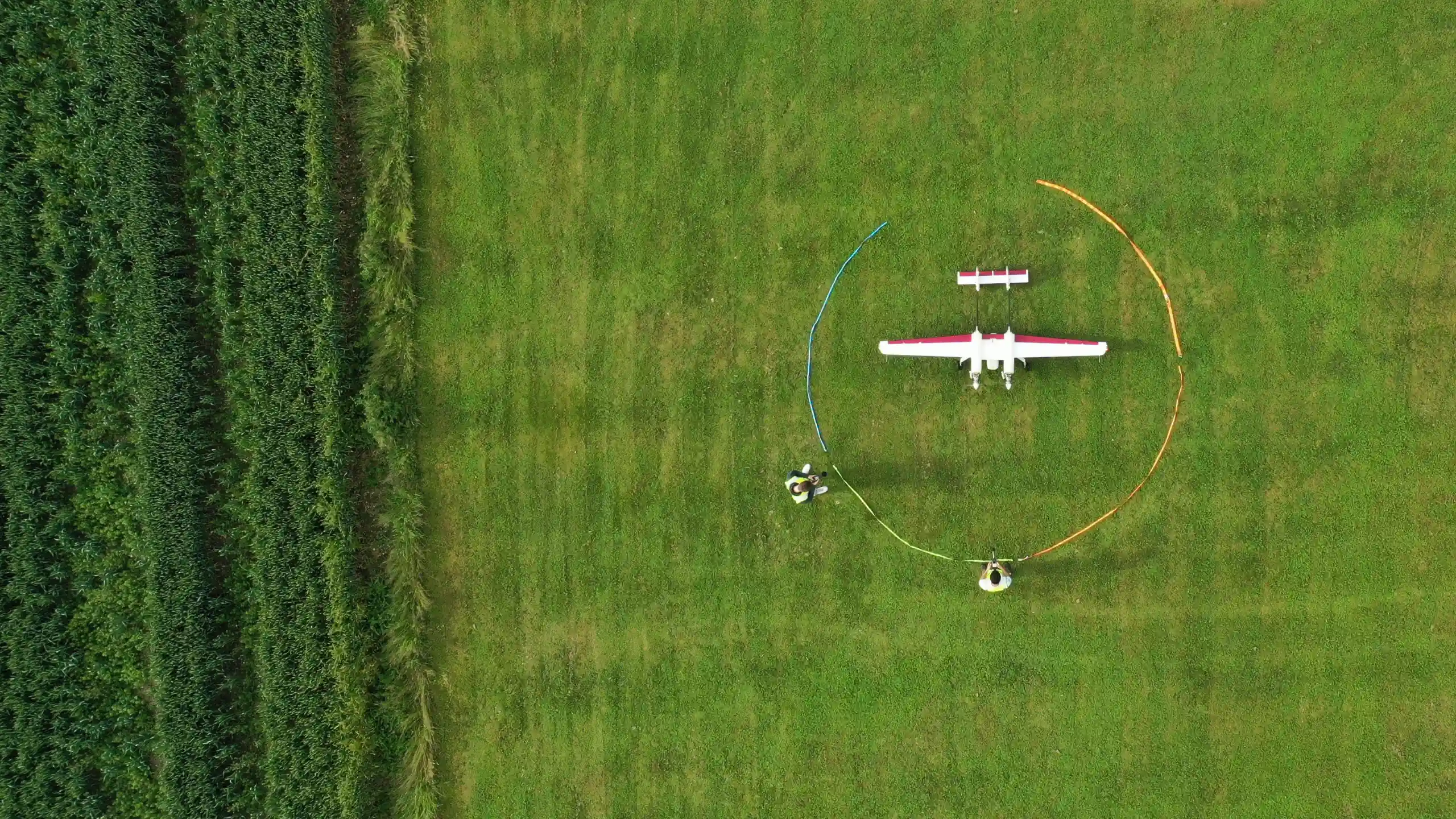
Our Projects
Marwell Wildlife Collaboration
Exploring innovative methods of wildlife conservation, monitoring and surveying
Soton UAV have started a collaboration with Marwell Wildlife and IRIS Centre of Excellence looking at the use of aerial platforms for innovative methods of wildlife conservation, monitoring, and surveying. This collaboration has also created several opportunities for interdisciplinary collaboration within the university. To date, this has involved experts in conservation from Biological Sciences and Marwell Wildlife, and experts in remote sensing from the IRIS Centre of Excellence.
The initial flight tests performed at Marwell Zoo were aimed at assessing the merit and potential of the technology by using a DJI Matrice 300 RTK UAV (obtained through the IRIS CoE). This was fitted with a Zenmuse H20T sensor (provided through an IRIS CoE member). Also deployed around the paddock were several AudioMoth acoustic sensors to monitor the UAV noise level and wildlife sounds.
A large dataset of images, videos and acoustic data was collected that will help scientists and engineers at the University of Southampton to develop novel approaches to aid in the detection and identification of species. The dataset will also be used to study methods to count populations, monitor health, and compliment current conservation techniques.
The camera sensor offered very good visual image quality from 120 m altitude and the conservation team was impressed by the level of detail when using the 23x optical zoom. The thermal channel proved very useful in detecting animals and finding their location. Some of the images captured can be seen in the galleries on this page and some of the top-down videos can be found on our YouTube channel.
Further flight trials are planned with the intention of improving the dataset and optimising the techniques and methods used. Also, once the techniques are more refined, the technology will be moved onto fixed-wing and VTOL (vertical take-off and landing) platforms to increase the size of the survey area. This should lead to testing these methods out in the field in 2022, guided by Marwell Wildlife's conversation team and ongoing conservation projects.
If you are keen to get involved or know someone who is then IRIS CoE, Soton UAV, Biological Sciences and Marwell Wildlife have a funded INSPIRE PhD Opportunity on ‘Developing a practical application of unmanned aerial vehicle technologies for conservation research and monitoring of endangered wildlife’.

